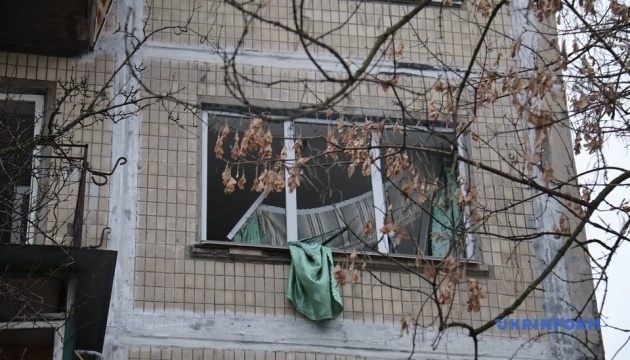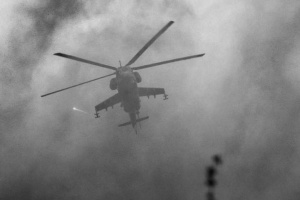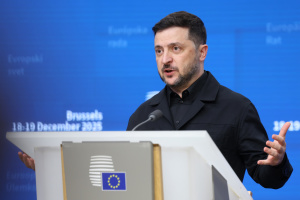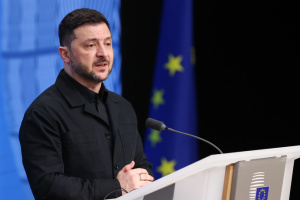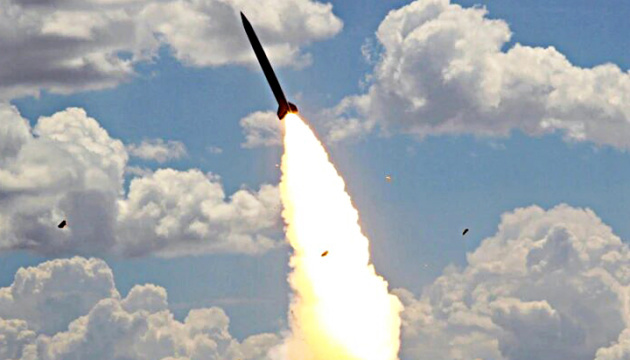
Missile attacks on Kyiv: why are dangerous
Over the past few days, Russia has been launching ballistic missiles at Kyiv one after another. On the night of Wednesday, December 13, the enemy launched 10 missiles [December 11 - 8 missiles]. All the air targets were destroyed - 100% efficiency of the air defense forces. However, these attacks caused destruction and dozens of casualties in the capital.
It is not known for certain what type of missiles the occupiers fired at Kyiv. According to Colonel Yuriy Ihnat, spokesman for the Ukrainian Air Force, experts are currently working on identifying the wreckage. But most likely, the strike could have been carried out either by Iskander-M missiles or missiles from the S-400 system, or it could have been a combined strike - both types of missiles.
"The two types of missiles that could be used are Iskander-M or S-400, flying on a ballistic trajectory. Why S-400 and not S-300? Because S-400 has a longer range of use along the ballistic trajectory. (...) The enemy can use both missiles," Ihnat said.
The head of the Presidential Office, Andriy Yermak, wrote on Telegram that "It is now known that the enemy could have struck Kyiv with 48N6 missiles from the S400 complex." According to him, the target was a critical infrastructure facility. He did not specify which one, but emphasized that the Ukrainian authorities know where the enemy is hitting.
Meanwhile, Mykhailo Shamanov, a spokesman for the Kyiv CMA (City Military Administration), reminded Hromadske Radio that the last time the enemy used S-400 was almost a year ago.
"Speaking of S-400, the last time Kyiv was attacked was on January 14 this year. S-400s have a high speed, and both then and now the warning system did not have time to work," Shamanov said.
What is the S-400 system?
Soviet anti-aircraft missile systems S-300, and later their modification S-400, are designed to engage air targets: strategic and tactical aircraft, tactical and operational ballistic missiles, hypersonic targets, jammers, reconnaissance aircraft, drones, etc. It is a versatile air defense weapon for the defense of important targets or for covering ground troops.
The difference between the S-300 and S-400 systems is in the range: the latter are more modern, theoretically capable of hitting targets at a distance of up to 400 km and at higher altitudes.
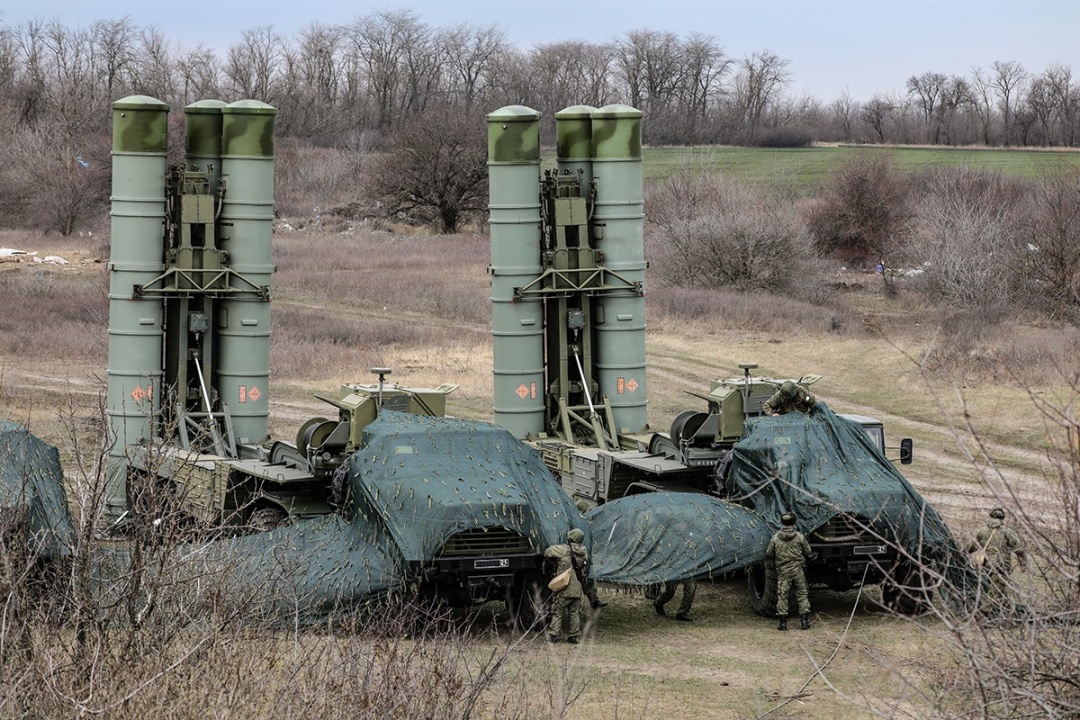
The S-400 long- and medium-range systems were adopted in Russia in 2007. "Triumph is the name of their export version. Turkey, India, and China have purchased the latest versions of these systems from Russia. In particular, the sale of the S-400 to Turkey, a NATO country, caused a long-running scandal that deprived Ankara of the opportunity to purchase modern American fighters.
The current variation of the S-400 system consists of the following components:
- a combat control center based on the Ural truck;
- a radar system: a panoramic radar with jamming protection, which is mounted on a Belarusian wheeled tractor MZKT-7930;
- up to six anti-aircraft missile systems, each of which contains up to 12 transport-launchers on a trailer and a multifunctional radar station with a range of up to 400 km (depending on the type of missile);
- anti-aircraft missiles (the system can use missiles of several types);
- a set of technical support facilities for the system.
One air defense system can hit up to six targets simultaneously. The manufacturer of the S-400 is the Russian defense concern Almaz-Antey, which is under EU and US sanctions. The price of the system is $1.2 billion.
Why are 48N6 missiles dangerous?
As for the types of missiles used by the S-400, there are several. For example, the 5V55K and 5V55R missiles developed in the USSR are equipped with high-explosive warheads. They weigh 1.6-1.8 tons and carry a fragmentation warhead weighing about 133 kg. The range of destruction of air targets for these missiles (5V55K and 5V55R) is 75 km. The exact range when launched along a ballistic trajectory to hit ground targets is unknown and can be up to 110-120 km.
The 48N6DM missile, which the head of the Presidential Administration wrote about and which the Russians probably used to strike Kyiv on December 13, has a much larger warhead and, most importantly, a longer range. It was developed after the collapse of the USSR, so it is a relatively new missile. It can hit air targets at a distance of up to 250 kilometers and has a 180 kg warhead.
"The 48N6DM missile has a speed of 2.5 kilometers per second. It takes only a minute or two from launching from the ground to hitting a target at a distance of about 200 kilometers. Under such conditions, we do not always have the opportunity to warn about the missile threat in time," military expert Serhiy Zgurets points out.
Given the 48N6DM missile's surface-to-surface guidance mechanism, which, like the 5B55, is radio-commanded. That is, for the accuracy of the strike, it is necessary to have a direct radar line of sight between the radar and the missile, with a launch range of 230 km, missile control is lost at an altitude of about 3 km.
"And then the missile just falls approximately to the target area using the inertial navigation system. The 48N6DM anti-aircraft missiles are equipped with a "contact fuze" that responds to passing close to an air target. In the event of a ground target, it can be detonated at a low altitude or during contact with the surface," the military expert added.
The weight of the 48N6DM missile and its speed, along with the size of the warhead, allows it to easily penetrate walls or roofs and cause significant damage if it hits a residential building. In the case of a low-altitude detonation, it is possible to hit civilians with fragments, especially since the warheads of anti-aircraft missiles are designed to be as fragile as possible.
"When this missile is launched at an air target, it does not collide with it, but explodes near it. And then tens of thousands of fragments hit the air target. When this missile is fired at the surface, it needs, let's say, illumination to hit the target accurately. If there is no illumination, then this missile has a rather serious deviation and is not effective," emphasizes Oleksandr Kovalenko, a military observer of the Information Resistance group. - "The missile is a ballistic missile by its flight trajectory. Therefore, in areas that are 200 kilometers from the border with Russia, in most cases, due to the very high speed of these missiles, an air raid warning will not be triggered in time. And that is why these missiles are dangerous, and also because they are not accurate when hitting ground targets. The longer the range, the greater the error."
The target for a Russian attack can only be the city as a whole. Russists are well aware of this. Therefore, launches from the S-400 on the ground pose a significant threat to the civilian population as an indiscriminate weapon.
Why did the enemy start using them and not, say, the same X-101 or Kalibr cruise missiles?
"Ballistic missiles are very difficult to intercept. The enemy is trying to break through Kyiv's air defense. Unfortunately, the Russians still have a lot of these missiles," the analyst says. - How many? Let's do the math. The Russian Federation has about 400 S-400 launchers in service. Accordingly, each launcher has four guides, that is, four missiles. So, we can talk about at least 1,600 missiles, of course, if we are talking about full combat capability. However, the enemy has hundreds of these missiles."
We can shoot down S-400 missiles
"Trying to predict the enemy's actions, we rely on our own experience. If they attacked Bakhmut like this, it means they will storm Avdiivka in a similar way, if they attacked the energy infrastructure with cruise missiles last winter, it means they will do it again today. This approach is not entirely correct. War is an armed confrontation: the enemy attacks - we find ways to prevent it - it changes its tactics - a new round begins. The same applies in the opposite direction - the enemy is looking for a response to any of our tactical innovations - we improve, change tactics, and so on," comments Pavlo Lakiychuk, Head of Military Programs at the Center for Global Studies "Strategy XXI".
At the end of 2023, Ukraine's air defense system will no longer be at the level of the air defense system of February-March 2022. The Russians understand this, the expert emphasizes, and are looking for new tactics, changing the periods and intensity of strikes, using combinations of air attacks - looking for our weaknesses. We do not give them this opportunity.
"The current effectiveness of the Ukrainian Air Force's air defense against subsonic cruise missiles makes their use ineffective. Ballistic missiles are dangerous because of their speed, which reduces the reaction time to literally seconds. But our air defense systems are of a high standard. There is one more point here, it is rather intuitive: Putin said that ballistic "Kinzhals", "Iskandars", etc. are his "Wunderwaffe", "analogovnet". Remember: "Don't you dare my Iskanders"? And it turns out that our air defense system destroys them! - Accident! Here are six! - They shot them all down! - Here are eight!!! - They shot them all down again!!! It's starting to look like hysteria. But this is also a test: how many ballistic targets need to be launched to overwhelm Ukraine's air defense system. This is where the danger lies. The enemy is looking for a "threshold of triggering," the military expert believes.
Perhaps this is the reason for the simultaneous use of Iskanders and S-400 missiles.
"The S-300/400, unlike the Kinzhal and Iskanders, are not adapted to strike ground targets. Their accuracy tends to zero. But they hit. We are already used to strikes on our cities by "three hundred" - Kharkiv, Zaporizhzhia, Kherson... S-400 is a novelty. If they have started firing from the 400s, it means one of two things: either they already have a shortage of surface-to-surface missiles to give civilian Ukrainians nightmares, or their air defense is so good that they don't even feel sorry for the Wunderwaffe. If so, the Ukrainian Armed Forces will soon explain to them that they are wrong. Somewhere in the Crimea, Moscow Region or Bryansk Oblast," emphasizes Pavlo Lakiychuk.
Meanwhile, Oleksandr Kovalenko reminds that only SAMP/T systems and Patriot air defense systems can intercept S-400 missiles (and other ballistic missiles). All other systems in service with the Ukrainian Defense Forces are not capable of doing so.
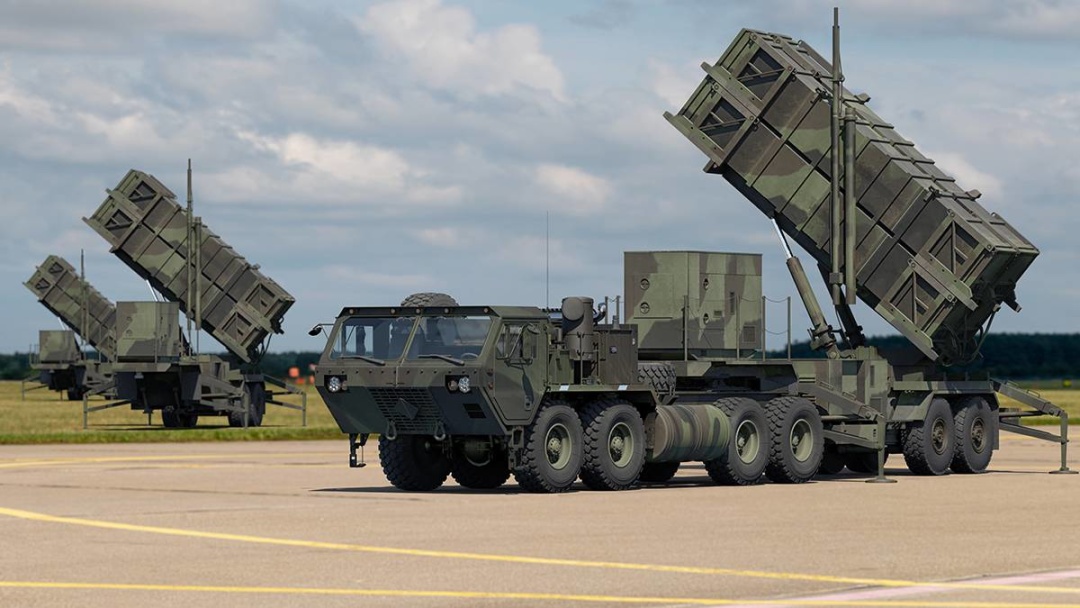
"Kyiv and the region are covered by these systems. Missiles are being shot down. In the end, we can also hunt for the launchers. To hit a target in the Kyiv region, the Russians need to bring the S-400 to the border in the Bryansk region. And this location allows us to strike at these launchers using, for example, drones," says the observer of the Information Resistance group.
At the same time, the expert made a somewhat alarming prediction: it is quite possible that in some time the enemy will try to strike with Kinzhals from MiGs.
"But these will be exceptional cases, these missiles are rarely used because the Russians have few of them. But in general, there may be a strike with a kind of "ballistic bouquet", that is, simultaneously with S-400 missiles, Iskanders and Daggers. We should be prepared for any scenario," warns Oleksandr Kovalenko.
And this is military expert Denys Popovych, or rather, his reasonable recommendations: "Given the second nighttime shelling of the capital with ballistic missiles in the last three days, I would suggest that those who read this at least move their beds away from the windows. It may save your life and health. Once again, I emphasize as someone who knows a little about air defense: the main danger of ballistic missiles is the ultra-high speed of the missile, which does not leave much time to react. Two to three minutes separate the moment of launch and the moment such a missile appears over Kyiv. Therefore, even an air raid alert is not always announced in time."
And when you have two or three minutes to spare, the chances of getting to a shelter are very small.
"It's still night, winter, and you need to wake up, realize what's happening, get dressed, dress your children, run outside, find a shelter, etc. Most likely, you will be woken up by a series of explosions, when it is too late to run to the toilet. Yes, our air defense system (glory to the Heroes!) has not made any mistakes so far, but anything can happen," emphasizes Mr. Popovych.
Myroslav Liskovych. Kyiv
P.S. Yesterday, on the day when the European Council launched negotiations on Ukraine's accession to the EU, the Russians are "nightmarizing" Kyiv with new missile attacks: they practiced both false targets and "Kinzhals". Details are promised later. Our air defense system is coping, but all government agencies are calling on citizens: do not ignore the alarms, take cover! We hope you will heed these recommendations.

